At even colder temperatures, food can be frozen. In this state, it is kept for much longer. You can prepare something today and then eat it again in two months without any problem. Refrigeration allows foods to be kept at a temperature that kills bacteria and prevents them from growing and spoiling food. Even in the age of refrigeration, many people donít know how to freeze foods properly.
In this guide, we'll look at the pros and cons, foods that freeze well, and how to make the most of your frozen foods.

Pros of Freezing Produce
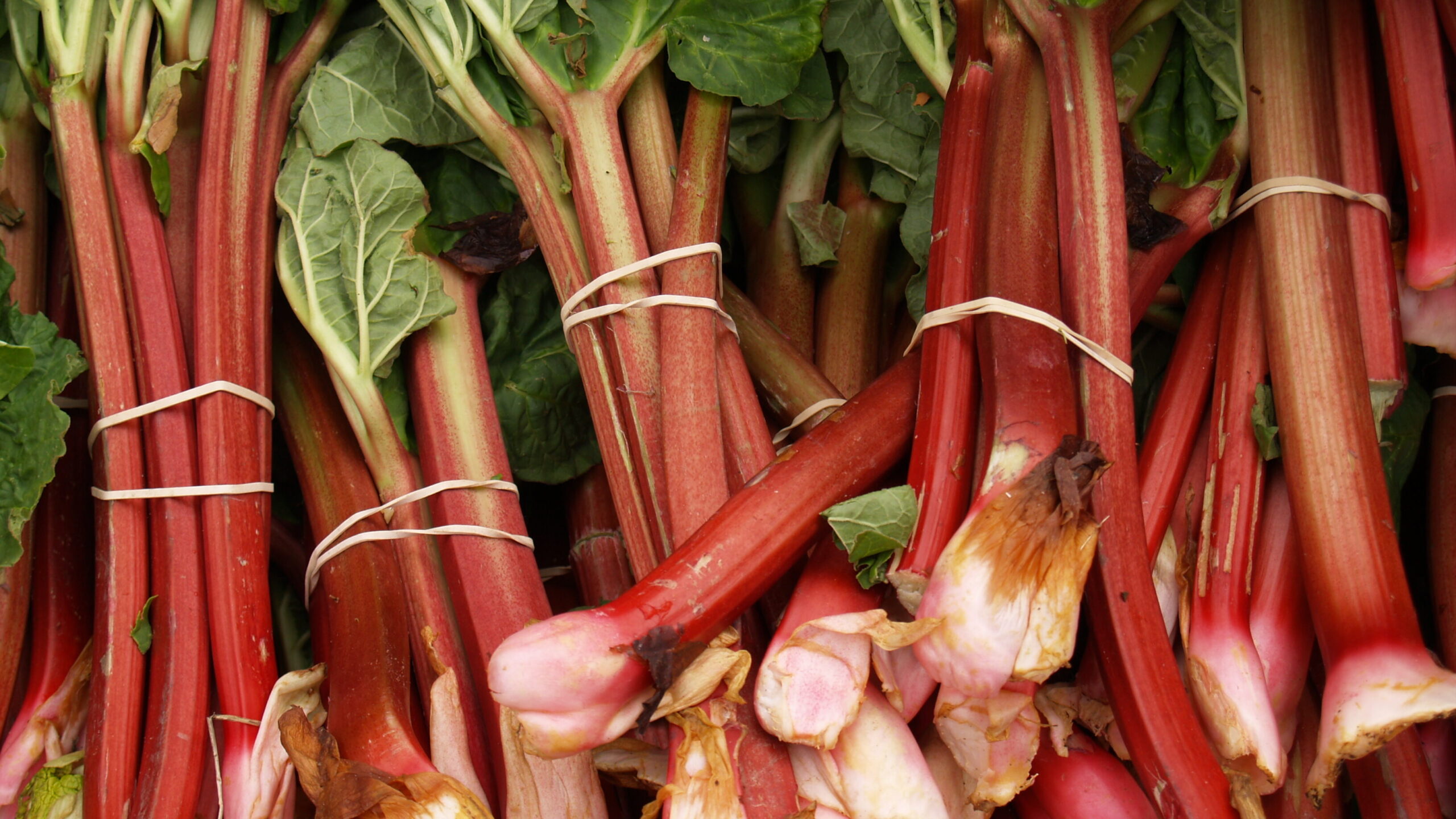
You don't need much special equipment for freezing - just zip-top bags, a cookie sheet, wax paper, and a freezer. You can also freeze foods in mason canning jars.
Freezing does not require as much "fuss" as canning. There is no sterilization of containers or long cooking times. Pressure canners and long boiling water baths for jars make freezing a safer alternative, especially for those with pets and children.
Frozen foods are virtually immune to spoilage as long as they are in the freezer. Of course, freezer burn can happen, but low temperatures stop bacteria growth.
Cons of Freezing Produce
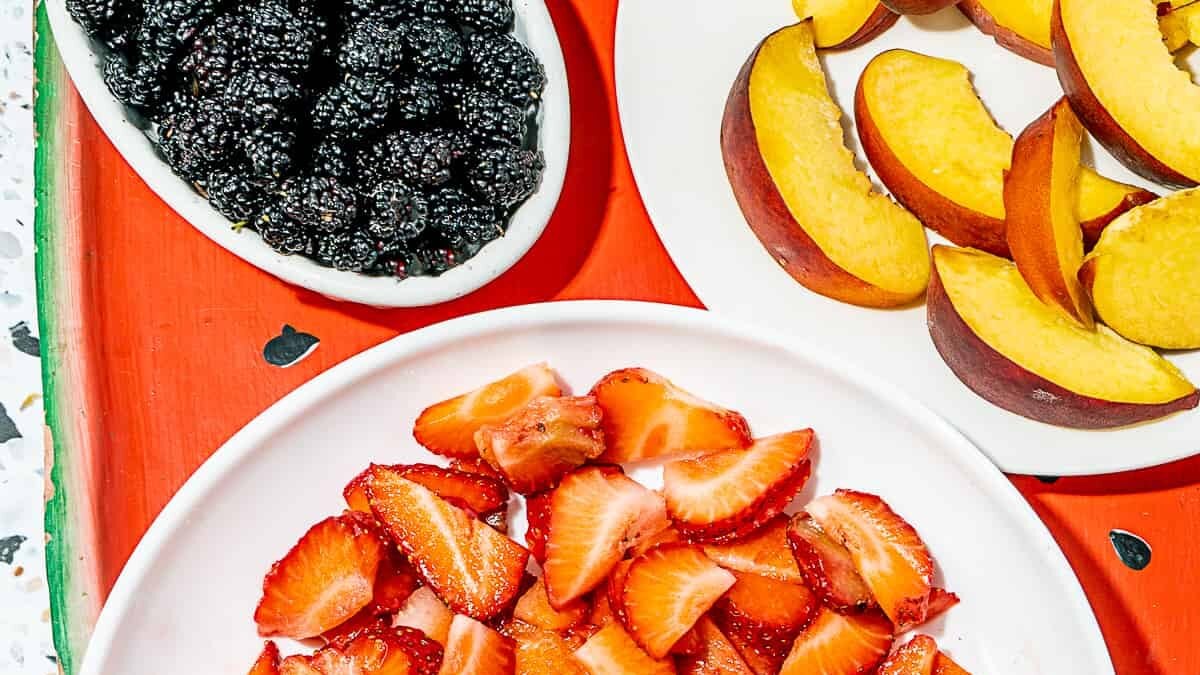
No doubt freezing produce will affect its texture. This is because water swells when it freezes. Plant foods are mostly water, so when you freeze them, the water inside the plant's cells expands and causes the cell walls to burst. The result is "floppy" produce.
If you don't have a separate freezer, storing the harvest in your home freezer attached to the fridge can take up a lot of space. You could lose your frozen produce if the power goes out for a long time.
Equipment
Freezing foods is simpler than canning (perhaps quicker), and some equipment is the same. Some things are only used in freezing.
Sheet Trays
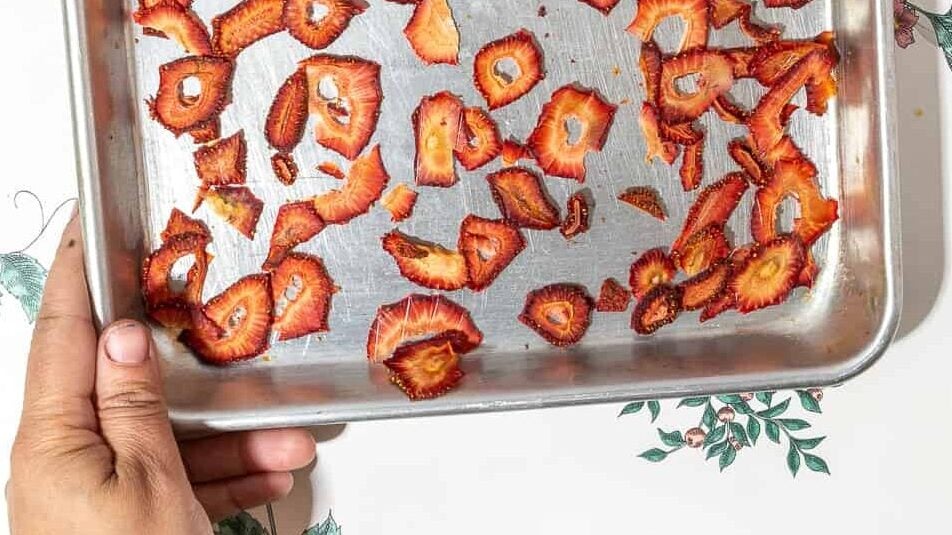
You'll need cookie sheets for a couple of things. First, cookie sheets provide a flat surface for freezing small foods like berries or foods chopped/sliced in pieces (like peaches and bell peppers). Once frozen, you can remove the food and place it in a bag. The other use for cookie sheets is as a flat surface to place soft plastic bags full of food you want to freeze. Without the sheet or tray, the bags bulge down between the bars of the freezer shelf and freeze to it.
Wax paper

To prevent sticking, a sheet of wax paper should be used to line the cookie sheets before freezing foods on the sheet.
Zip-top plastic bags
are handy for freezing non-liquid foods like berries, chopped vegetables, and herbs. Get the freezer bags, which are stronger and thicker than zip-top storage bags.
Glass jars
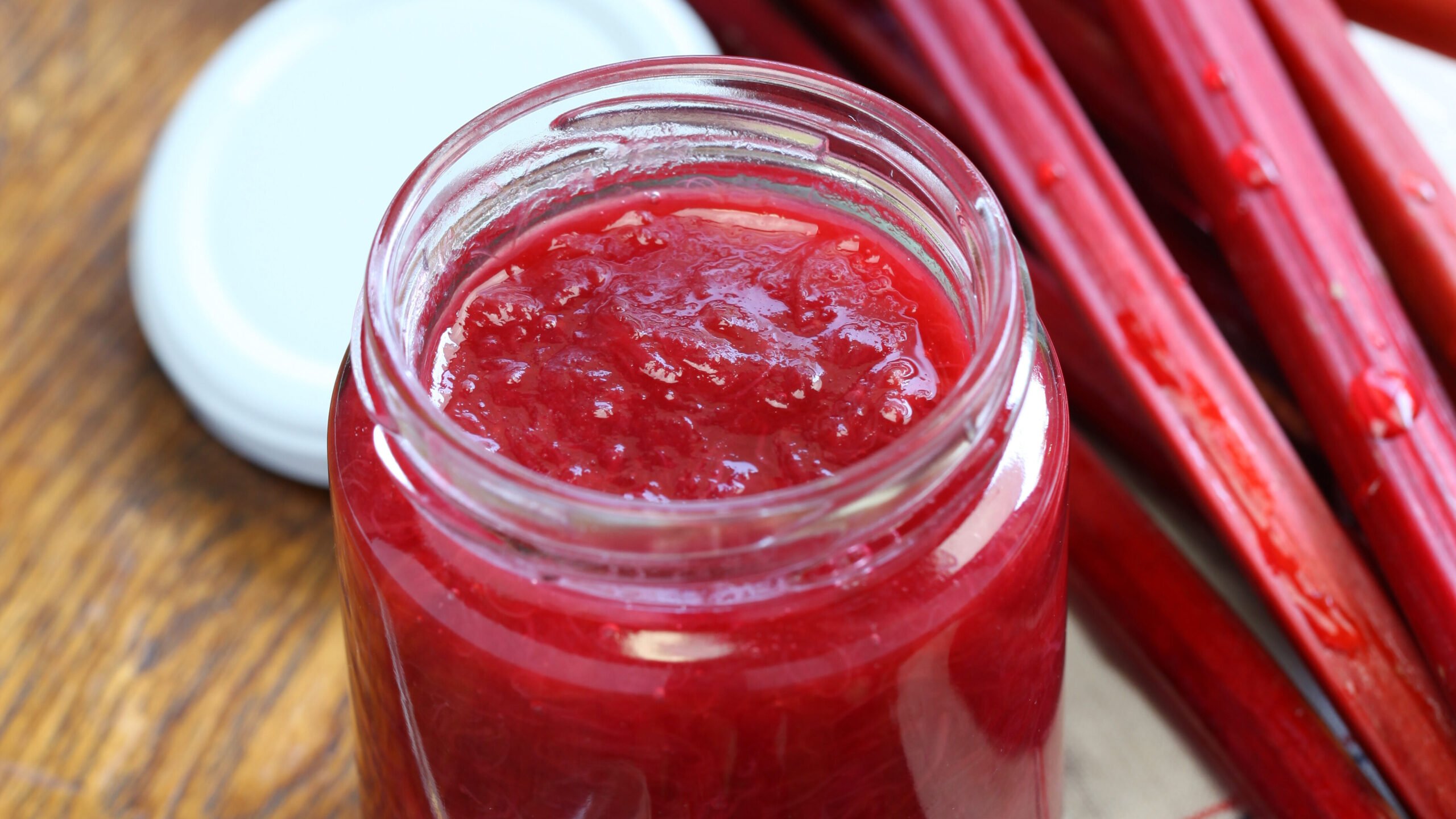
As with canning, glass Mason jars can be great for freezing. You add the food to the jar and add liquid to fill in the space (or no liquid, depending on the food), and leave 1 ¼-1 ½ inches from the top to allow for expansion.
Case freezer
You can freeze food in any freezer, but if you have a large quantity that you will be dipping into all winter, a case freezer (or just a separate upright freezer in your garage) can be very helpful. Also, case freezers go to a lower temperature than freezers attached to refrigerators, making food last longer and killing more microbes.
Tomatoes
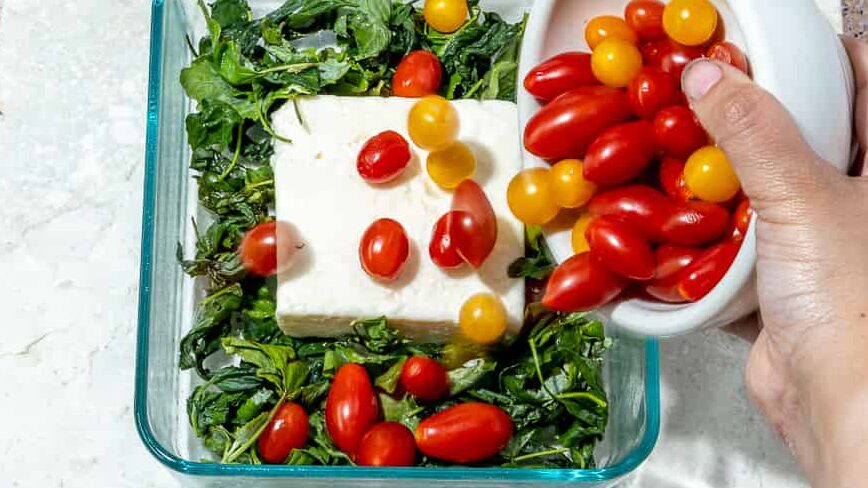
Did you know you can freeze tomatoes? You can! Here are some tips on freezing these fruits.
Freeze them whole, unpeeled. Just core the tomatoes and freeze them whole on a cookie sheet. When frozen, please put them in a zip-top plastic freezer bag. The skin will slide off easily when you thaw them to use them. You can also peel them first if you prefer.
Cook them first. Cut washed tomatoes into quarters (cutting out the core if necessary), simmer them in their juice in a covered saucepan until soft (just a few minutes), and allow them to cool. Then you can freeze them in freezer-safe jars or zip-top freezer bags.
Cabbage
Cabbage freezes well, which surprises some people. Cut cabbage in wedges, shred it, and freeze it in zip-top bags. Then, draw the air out of the bags by unzipping a half inch, inserting a straw, sucking the air out, and quickly sealing the final half inch.
Bell Peppers
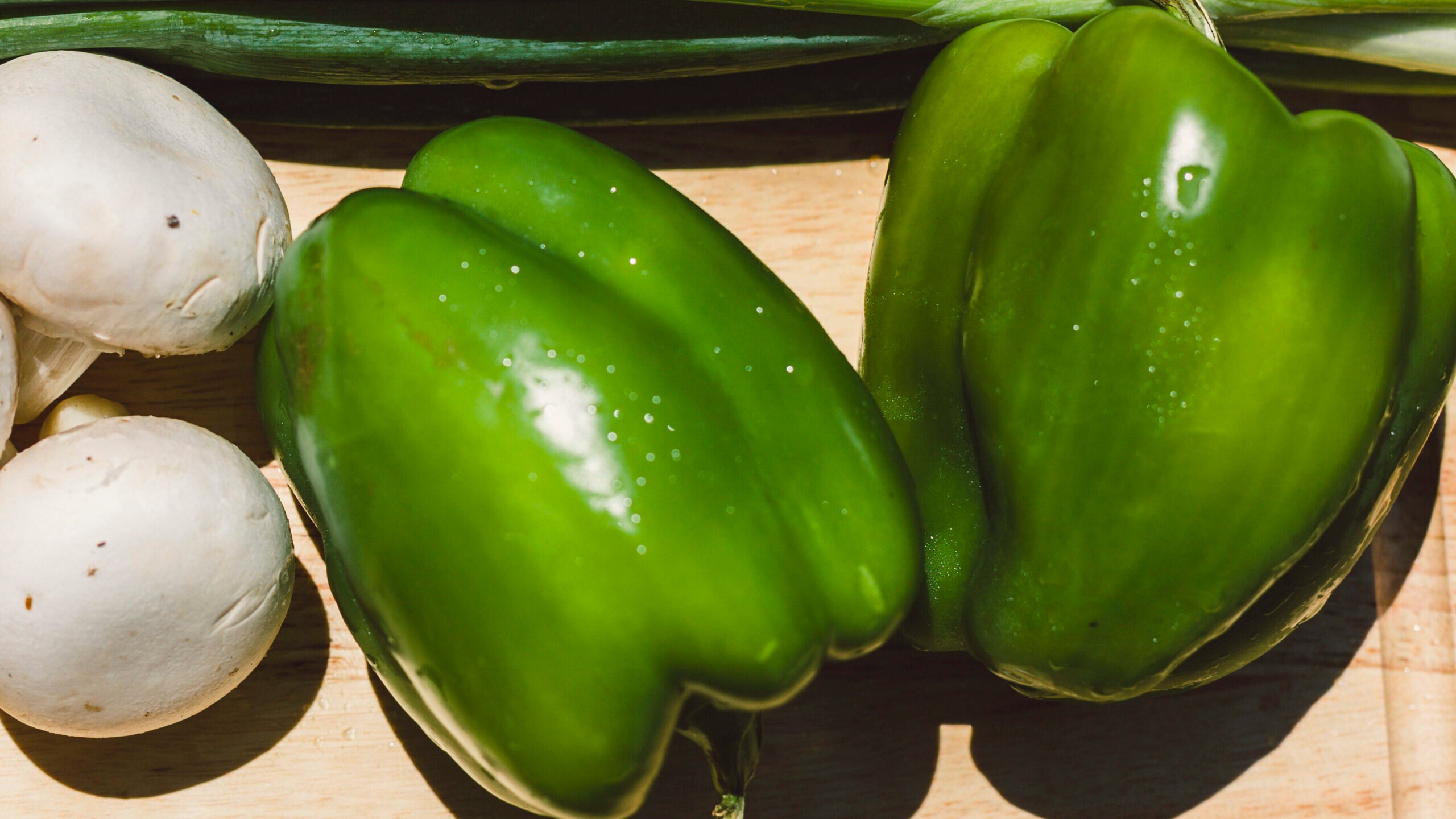
Slice or dice-washed bell peppers, removing the seeds and stem. Place the cut peppers on a wax paper-covered cookie sheet and freeze. Once they're fully frozen, store them in a zip-top bag.
Green Beans
Washed green beans freeze very well. Snap or cut off the ends, cut to the desired length or leave whole, and blanch them for 3 minutes in boiling water. Plunge them into ice water to end cooking, drain, and freeze in plastic bags.
Apples
Yes, you can freeze apples! The best way to prevent them from browning is to place washed apple slices in a freezer-safe, 2-cup glass jar and then pour ⅓ to ½ cup of filtered or purified water over the slices to fill in the space between them. When freezing, leave an inch of empty space at the top for the excess water to expand.
Berries
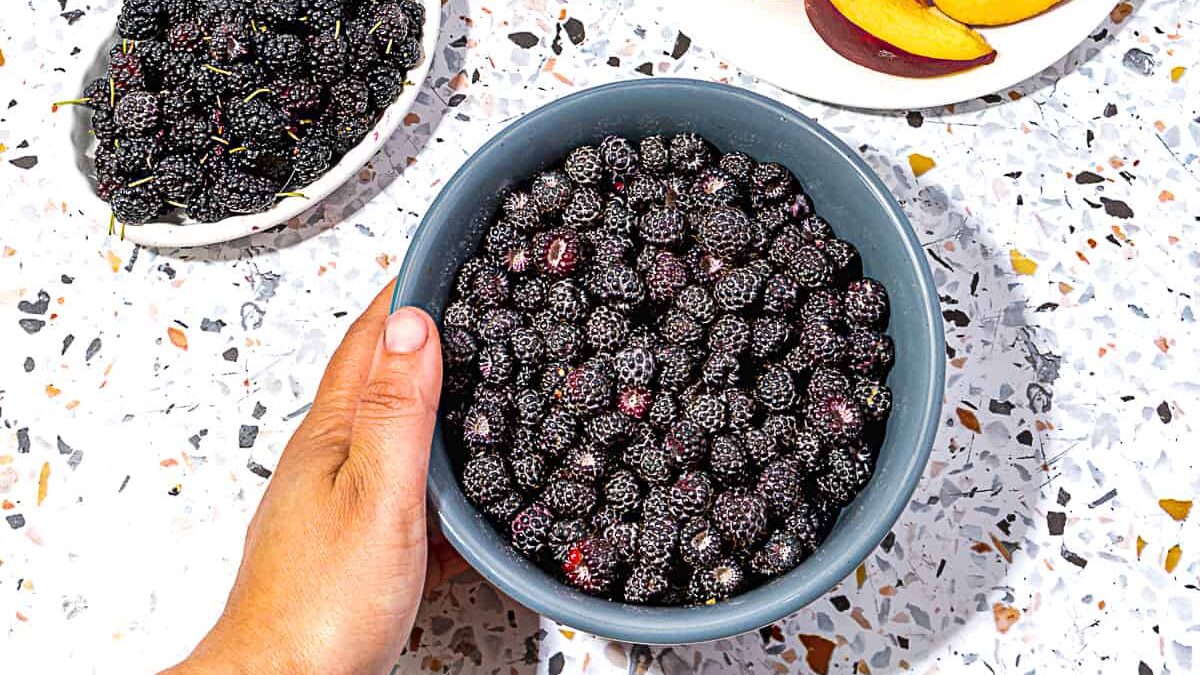
Freeze blueberries, raspberries, strawberries, etc., by placing washed fruit on a wax paper-covered cookie sheet. When frozen, you can put them in zip-top freezer bags. You can also mash or puree berries and freeze the mash/puree in jars.
Peaches
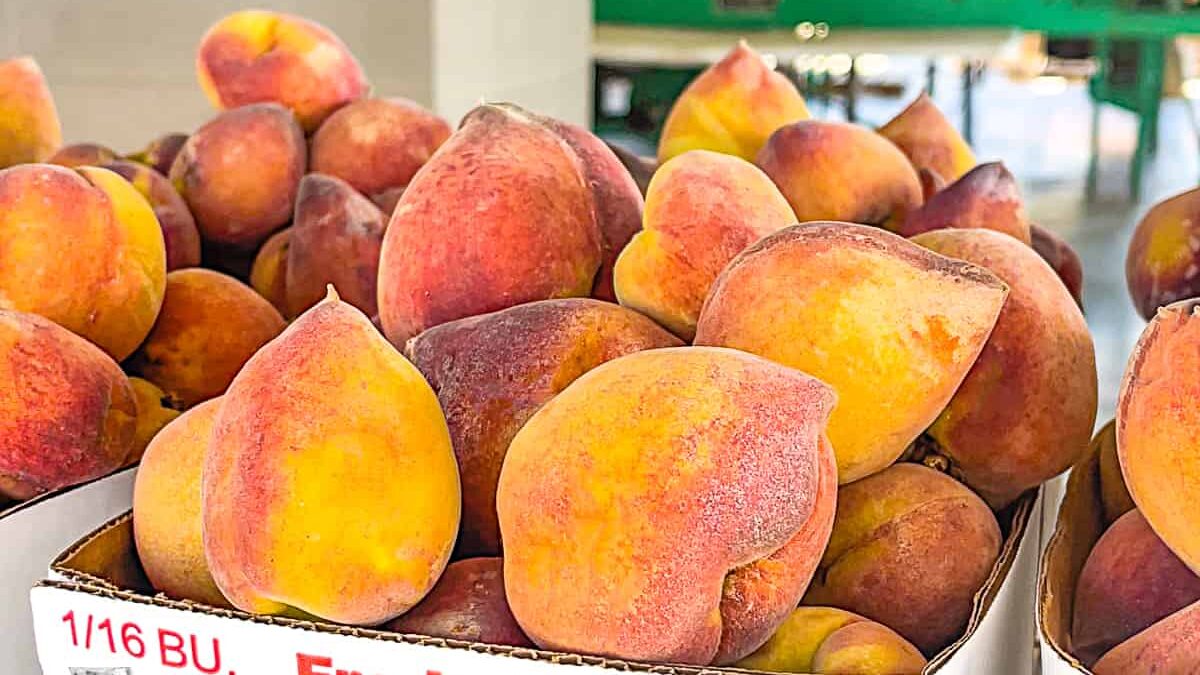
Wash and slice peaches and freeze them like berries - on a wax paper-covered cookie sheet, then a plastic bag. You don't need to peel them first.
Freezing Herbs

You have probably thought of dried herbs if you've thought of preserving them and drying works well. But freezing is another great way to preserve herbs; some say frozen herbs are superior in flavor to dried ones. In addition, you don't have to worry about mold or insects infesting your frozen herbs.
Frozen herbs act and taste more like fresh herbs in recipes, and you don't need to thaw them before use unless you're putting them in something raw, like a salad.
Here are some tips and suggestions on freezing fresh herbs.
Stem On
One way to freeze herbs is to put entire sprigs in a single layer in a zip-top plastic bag, suck the air out with a straw, and seal. Or layer the sprigs between pieces of wax paper. Then, when you want to use them, break or cut off a piece and chop it, then re-seal the bag. This would work well with herbs where you use the stem in addition to the leaves, such as parsley.
Leaves Only
For herbs where the stem is tough and woody or you prefer to use only the leaves, cutting the leaves off prior to freezing works well, too. Use small freezer bags to freeze the leaves to avoid opening and re-sealing a large bag too often.
Pre-Chopped
If you like, you can chop your herbs first. Place the chopped pieces into ice cube trays, add boiling water, and freeze. Then pop them out of the trays and freeze them in zip-top bags. Add a cube or two to soups and stews.
To Wash or Not to Wash
If you've grown your herbs in a greenhouse, on your porch, on your windowsill, or in your garden with no chemicals sprayed, you don't necessarily have to wash them. Some experts say that washing them actually has a negative effect on the flavor.
However, if you've gathered your herbs from an area where spraying has or may have occurred, rinsing them well and patting them dry first is a good idea. If you want to ensure there is no dirt or insects on your chemical-free herbs, you can always briefly swish them in a pan of water and pat them dry.
You can also blanch your herbs by dipping them in a pot of boiling water for a few seconds until their color brightens.
Freezer Canning
This is one of the fastest ways to preserve foods in freezer-safe jars. You can put the whole food into the jar, pour sugar syrup, broth, or water around it, and freeze. You can also puree the food, cook it into a sauce or jam, and freeze it. Ensure you leave a good inch and a quarter of air space between the food and the top of the jar.
Frozen Food Tips for Food Storage Wins

Did you know you can make food last longer using your freezer space correctly? Here are some frozen food tips on making the best use of your freezer, alongside other food storage ideas.
Learn More: Frozen Food Tips for Food Storage Wins


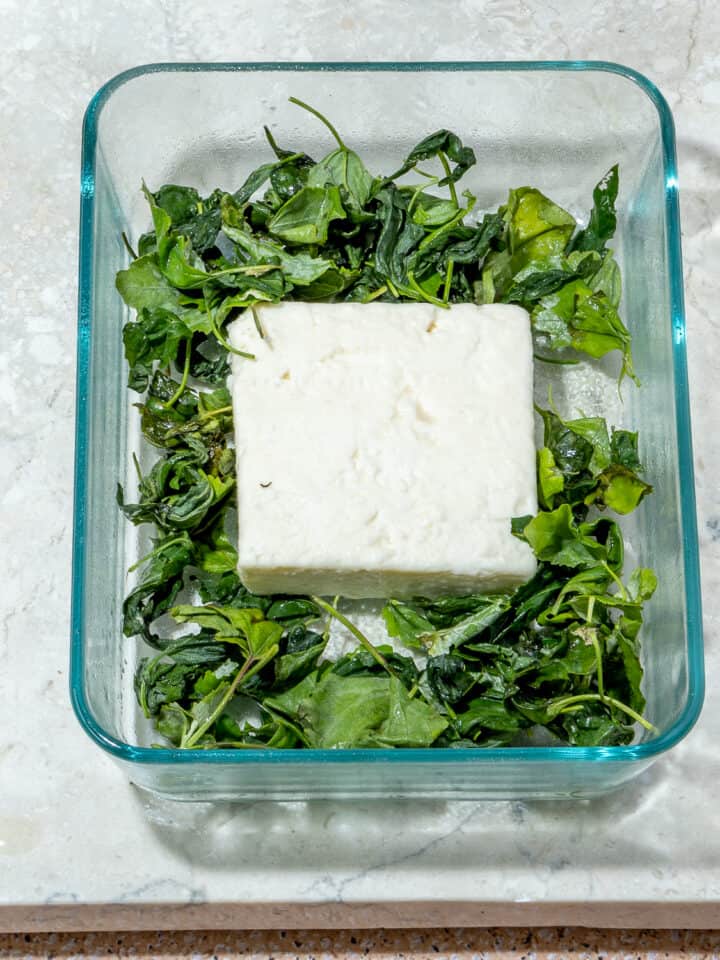
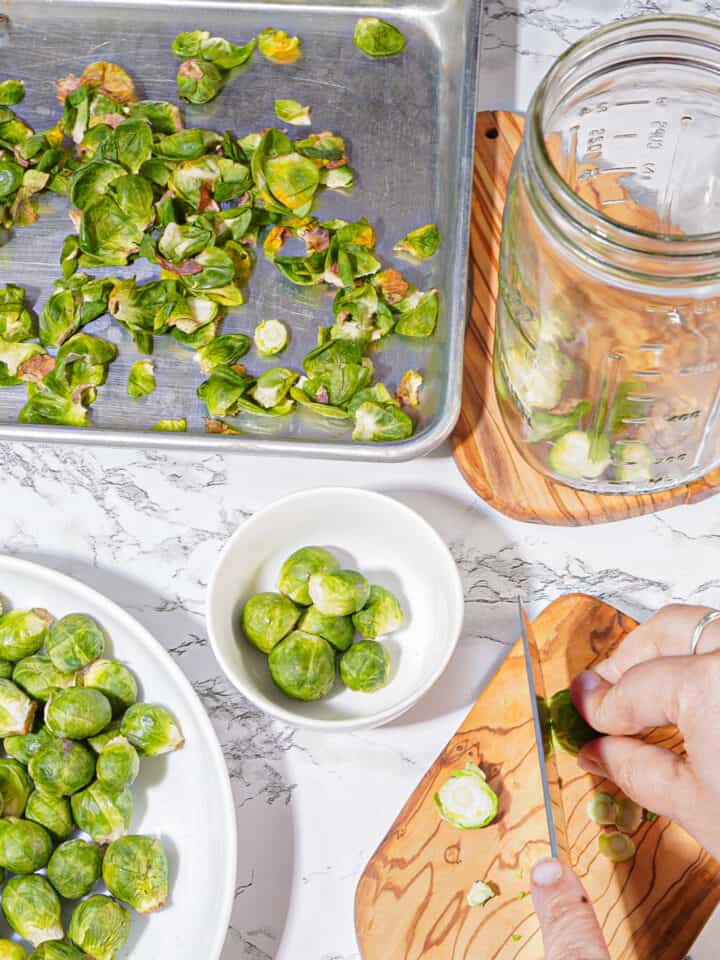
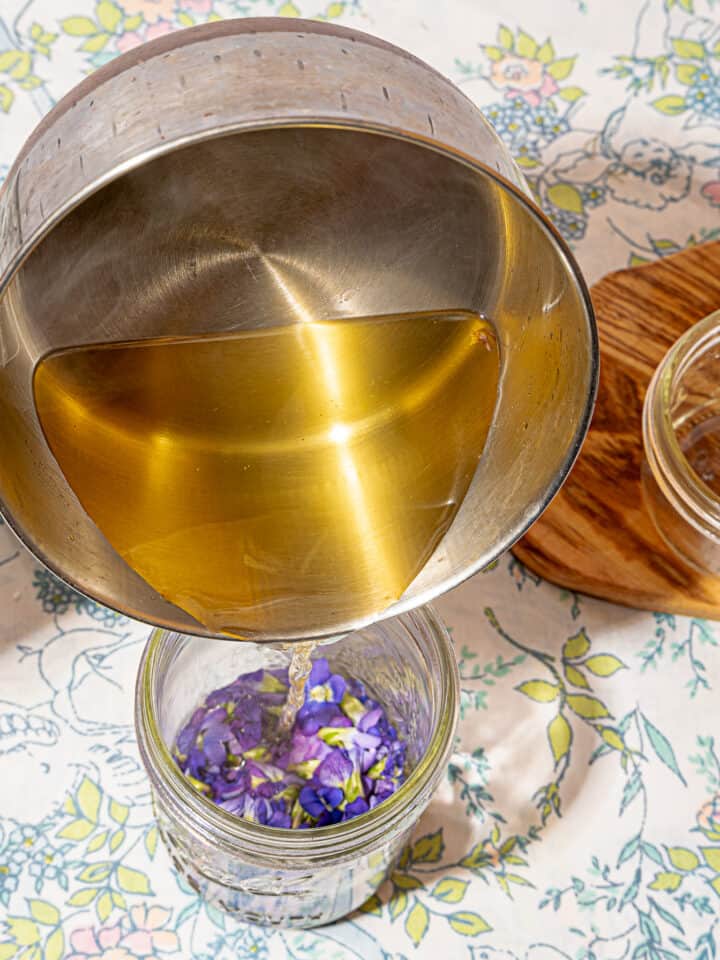

Comments
No Comments